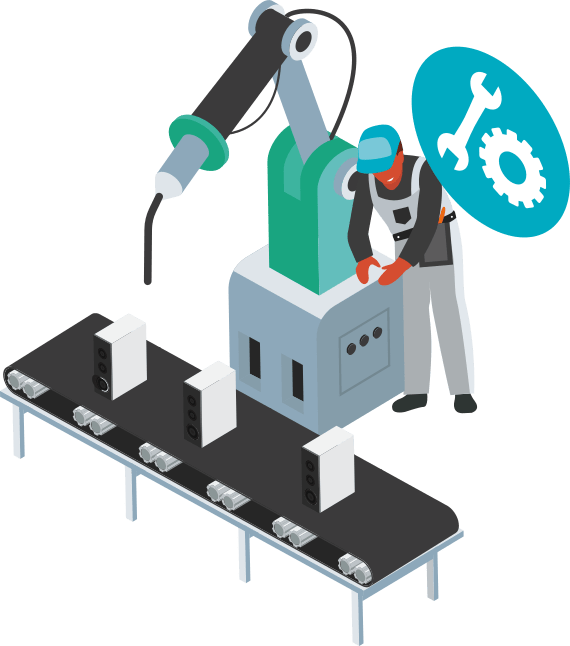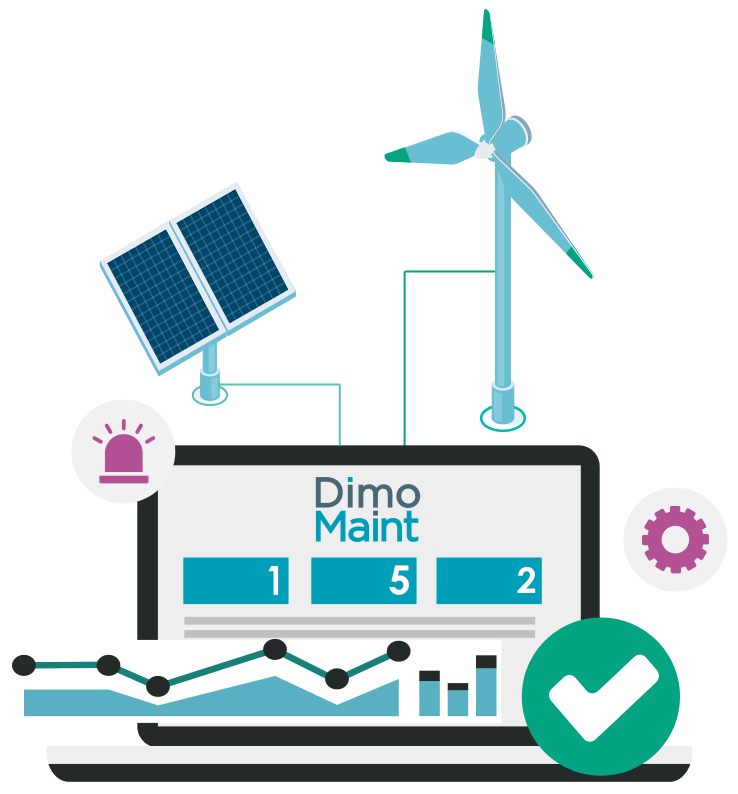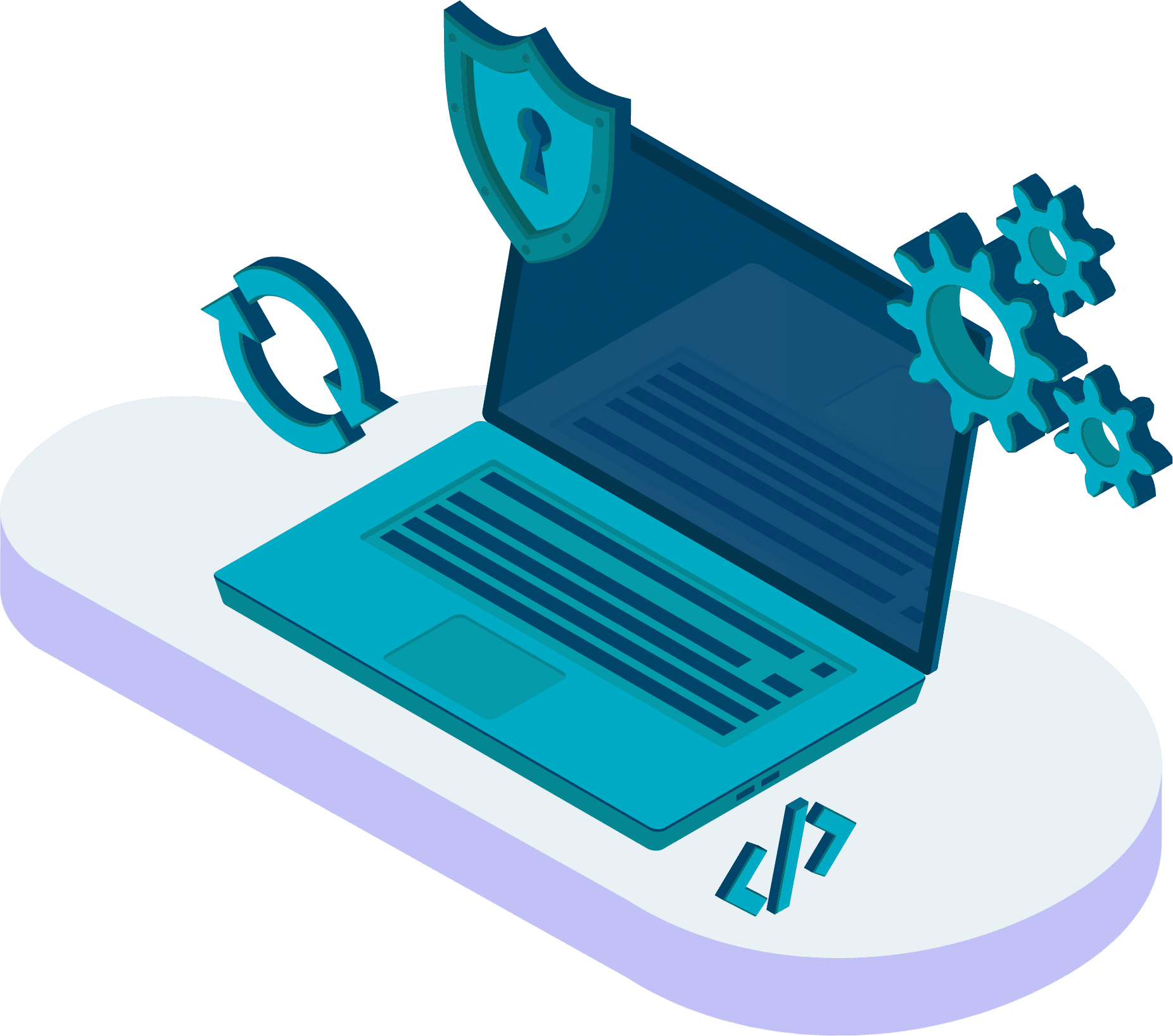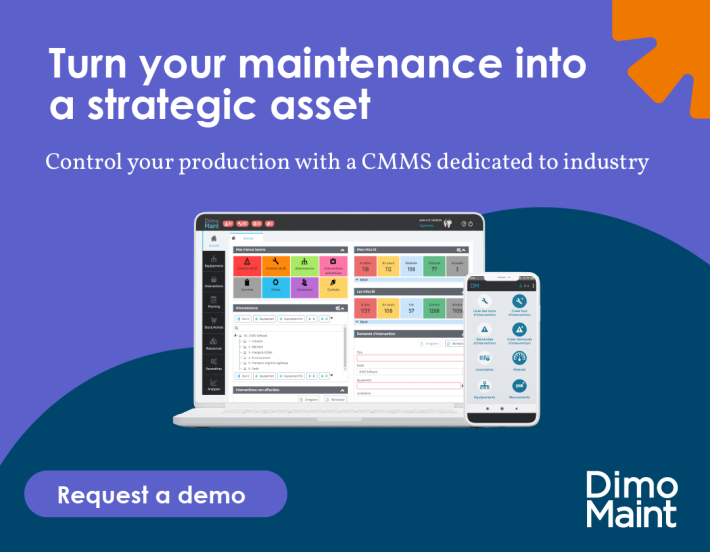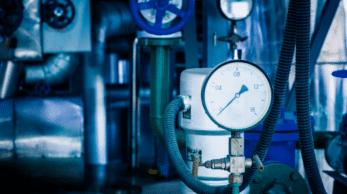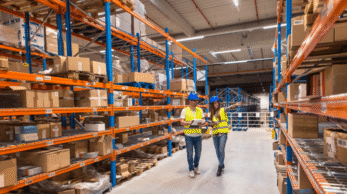The intense industrial competition pushes professionals to continuously improve their processes, an improvement in which industrial maintenance plays a strong role. For those who wish to make it a strategic lever, this maintenance must, however, be accompanied by perfect cost control. By using the most innovative devices and software, such as CMMS or IoT, it is possible to move towards more preventive than corrective maintenance and ensure continuous operation of their assets.
Maintenance in Industry: A Multifaceted Challenge
Within industrial production companies, maintenance is everywhere. Assembly lines, machine tools, automated equipment, hydraulic systems, industrial robots, or even energy infrastructures: good maintenance of industrial assets and infrastructures is the condition for continuous activity.
Taking care of industrial maintenance is all the more important as the financial impact of production stoppages takes on particular proportions in the sector. Besides the direct costs of potential breakdowns, indirect costs – rescheduling, risk of missed delivery deadlines, mobilization of additional maintenance teams – also quickly burden the activity.
Among the most common challenges that maintenance must address, we can also mention:
- Employee safety: directly conditioned by industrial machines without malfunctions, the safety of people can only be ensured through regular maintenance.
- Durability of installations: this durability directly depends on the quality of maintenance. Insufficient maintenance will accelerate the wear of assets and reduce their lifespan. This issue is significant for the industry, where machines are sources of heavy investments.
- Compliance: regulatory standards and quality certifications require periodic checks on industrial assets. Documented and rigorous maintenance is not only a legal obligation for many companies but also a guarantee of credibility with authorities and business partners.
- The need for coordination: industrial maintenance operations often occur in extreme or isolated environments, sometimes spread across multiple sites. Sharing maintenance information is essential to operate well in these particular conditions.
Due to these challenges, many industrial companies make their maintenance strategy, particularly its preventive aspect, a priority. The corrective approach is gradually giving way to anticipated operations and constant monitoring of assets.
The Need to Shift Towards Preventive Maintenance
Preventive maintenance is continuously gaining ground over the traditional reactive approach, and the industrial sector is also following this trend.
For the industry, the benefits of such maintenance are indeed numerous: a significant reduction in stoppages, asset lifespan that can be extended by up to 30%, and also better planning of human and material resources dedicated to maintenance… By taking a broader view of their assets, it is possible to quickly gain agility and achieve significant savings.
Because despite a higher cost than corrective maintenance, preventive maintenance shows a very convincing return on investment. Beyond direct savings on intervention costs, the proactive approach increases asset availability, minimizes the need for spare parts, and reduces energy consumption thanks to better-tuned assets. In a context of intense competitive pressure and often reduced margins, ROI is a strong argument for increasing the preventive share in maintenance.
Leveraging Innovations to Sustainably Evolve Maintenance
The true culmination of the preventive approach, maintenance 4.0 is a grail for industrialists. Based on machine interconnection, massive data collection, and real-time analysis, this approach aims to move towards more extensive preventive maintenance. On the ground, maintenance 4.0 translates into the use of connected sensors and artificial intelligence, devices capable of better detecting early signs of failure.
While it is gradually being integrated into the maintenance strategy of large groups, maintenance 4.0, costly to deploy, remains more hypothetical for other industrialists. However, several solutions allow moving towards this approach.
CMMS, the Foundation of Maintenance
Computerized Maintenance Management System is the foundational tool of any preventive maintenance strategy. Capable of centralizing and redistributing information more intelligently, maintenance software facilitates spare parts ordering, work order generation, and coordination of maintenance teams, wherever they are located.
For industrialists, maintenance software is a powerful support that can transform internal methods. Thanks to automation, no planned intervention is forgotten: CMMS ensures a higher level of safety and perfect compliance with current regulations. The software also provides reports and dashboards rich with indicators – mean time between failures (MTBF), asset availability rates… Such data forms a valuable basis for evaluating the effectiveness of preventive maintenance and better allocating resources.
Connected Sensors and Conditional Maintenance
The Internet of Things (IoT) is one of the most important innovations in industrial maintenance. Continuous monitoring of critical parameters by smart sensors allows knowing, at any time, the state and availability of machines through temperature, vibration, pressure, or energy consumption levels.
From systematic preventive maintenance, these data allow a more refined conditional approach. Called upon only as needed, the maintenance team will intervene only when the monitored parameters indicate a deterioration in the machine’s condition. In this way, IoT optimizes interventions and reduces unnecessary stoppages.
Artificial Intelligence and Predictive Analytics
More relevant than ever in maintenance, artificial intelligence is a valuable support for analyzing the large amounts of data generated by IoT. The predictive approach by AI allows identifying complex patterns and accurately predicting future failures. Predictive algorithms can integrate not only asset data but also contextual variables such as environmental conditions or production parameters. This predictive maintenance is particularly beneficial for anticipating machine renewal and optimizing maintenance costs to the extreme.
Augmented Reality and Remote Expertise
Finally, augmented reality is also transforming the execution of technical interventions. Visualization of instructions, real-time access to technical diagrams and procedures are key features for intervening quickly and effectively, even remotely. Augmented reality devices will prove particularly useful for maintaining complex assets or intervening on isolated industrial sites.
Combined and orchestrated through maintenance software, these innovations are assets for evolving interventions in the right direction. To maximize the return on investment of these sometimes costly technologies, a progressive and targeted approach will be chosen: critical assets will be identified first, before prioritizing the devices to be deployed. The productivity gains and better orchestration of maintenance that these innovations allow are, in themselves, a sufficient reason to implement them to support preventive maintenance.
